Elton Mwangi • December 18, 2023
Your Broker Should Help You Streamline Your Benefits Communication


In today's fast-paced business environment, the challenge in providing employees with competitive benefits packages lies in ensuring that these benefits are clearly communicated, understood, and, most importantly, utilized. And yet, 50% of your employees don't fully understand your benefits offerings.
When not addressed, this communication gap can lead to underutilization and missed opportunities that cause increased healthcare costs, a loss of productivity, and unsatisfactory employee support.
The cost of miscommunication is even more dire because when employees don't know or understand the full range of their benefits, it diminishes their overall job satisfaction and perception of their employer, leading to increased turnover.
AND SADLY, A WIDE GAP EXISTS BETWEEN EMPLOYER AND EMPLOYEE PERCEPTIONS AND EXPERIENCES.
Two-thirds of your employees believe you are not doing a good job communicating their benefits, and at least half of them don't see the value you place on the benefits you offer. Yet, if asked, you would have outstanding things to say about your offerings and benefits communications.
You are right, benefits are good for business, but do you know what your employees think about your specific offerings?
In 2022, the University of Phoenix reported that while 89% of employers thought their learning and development offerings were sufficient, only 61% of their employees agreed. This is one example of the disparity between employer and employee perceptions of benefits communication.
And your employees want to engage with your benefit offerings. Take the 2022-2023 Aflac workforce report as an example. 82% of employees, primarily millennials, consider the ability to manage their benefits online very significant.
Still, only 67% of employers offer digital benefit management, and even now, the best benefits engagement comes from integrating communication with technology tools or elements that provide practical yet educational solutions to every employee.
So while you are working on providing benefits, you leave a gap if you don't communicate with your employees to determine their exact needs, how to access those benefits, and the right way to use them.
So, to streamline your benefits communication, you need two things:
1. In-person support, this is where we come in.
2. Technology support, we offer suitable recommendations.
The goal is to find the perfect balance between the two.
HOW WILL A BROKER STREAMLINE YOUR BENEFITS COMMUNICATION?
Create a blend between in-person and technology support where benefits are concerned. A broker uses their expertise and technological tools to elevate the benefits communication process by making it more interactive, personalized, and efficient.
First, a broker will facilitate or guide employee surveys to gauge the most desired benefits. This ensures that the final package aligns with employee preferences and needs.
The broker then conducts educational sessions in person or via webinars to explain the nuances of benefits, answer questions, and address any misconceptions your employees might have. Once this is clear, they provide customized communication materials and digital content tailored to the specific benefits you offer.
And in most cases, the broker has access to or partnerships with technology platforms that offer benefits administration tools. These tools help personalize employee communication to further enrich engagement and benefits utilization.
An excellent example is offering access to mobile apps that allow employees to access their benefits information on the go. Using the apps, your employees can view their benefits, understand their coverage, and make changes during open enrollment or qualifying life events.
The apps also have features like chatbots that can answer common queries, thus enhancing engagement and understanding. Mobile apps are also good at offering automated reminders for important dates like open enrollment, health screenings, or wellness challenges.
And with the right features, you can send your employees notifications about upcoming wellness programs they might be interested in.
If your employees still find your benefits complex, the broker will provide resources and FAQs related to the benefits you offer. For instance, they can provide calculators to help employees understand things like retirement contributions and out-of-pocket costs.
The broker also knows how to integrate your benefits communications tools with your existing system. And you'll need a seamless integration to ensure your employees have a one-stop solution for all HR-related queries, including benefits. You can even request a benefits portal to centralize access for your employees.
WHAT AI HAS TO DO WITH YOUR BENEFITS COMMUNICATION
In the world of benefits communication, AI can serve as a bridge between employers and their workforce, ensuring clear, consistent, and personalized communication. For instance, employers that take advantage of developments like telehealth and health monitoring apps give employees the tools to take charge of their health.
Instead of employees trawling through dense benefits manuals or waiting for HR to respond, AI-powered chatbots can answer their queries immediately, ensuring employees engage more in conversations about their benefits, leading to better understanding and utilization.
And instead of static benefits information, provide an interactive dashboard where employees can visualize and interact with their benefits. Also, use AI-driven surveys to collect feedback on your current benefits offerings and analyze the results to determine what's working and what you must remove from your benefits package.
You can also analyze individual employee data and recommend benefits that best suit each employee's needs to ensure higher utilization rates. The aim is to use AI to enhance strategies that value your employees' needs while providing them with the tools they need to lead healthy, productive lives.
CAN YOUR EMPLOYEES REALLY ENGAGE WITH YOUR BENEFITS COMMUNICATION?
Yes. Listening is key. But you must actively listen to your employees and use technology to help you finesse your communication strategies. Think of it this way; employers are responsible for nearly half of the U.S. population's access to healthcare.
So how you design your benefits communication strategy will determine the level of employee engagement you get in return. For instance, your younger workers expect digital health solutions like apps and benefits cards.
But they can't utilize them fully unless they have a benefits advisor to help during healthcare decision-making. And with AI acting as your ears, you can ensure every employee question is answered, and every benefit you offer is utilized.
So talk to us if you crave a better benefits communication strategy.


